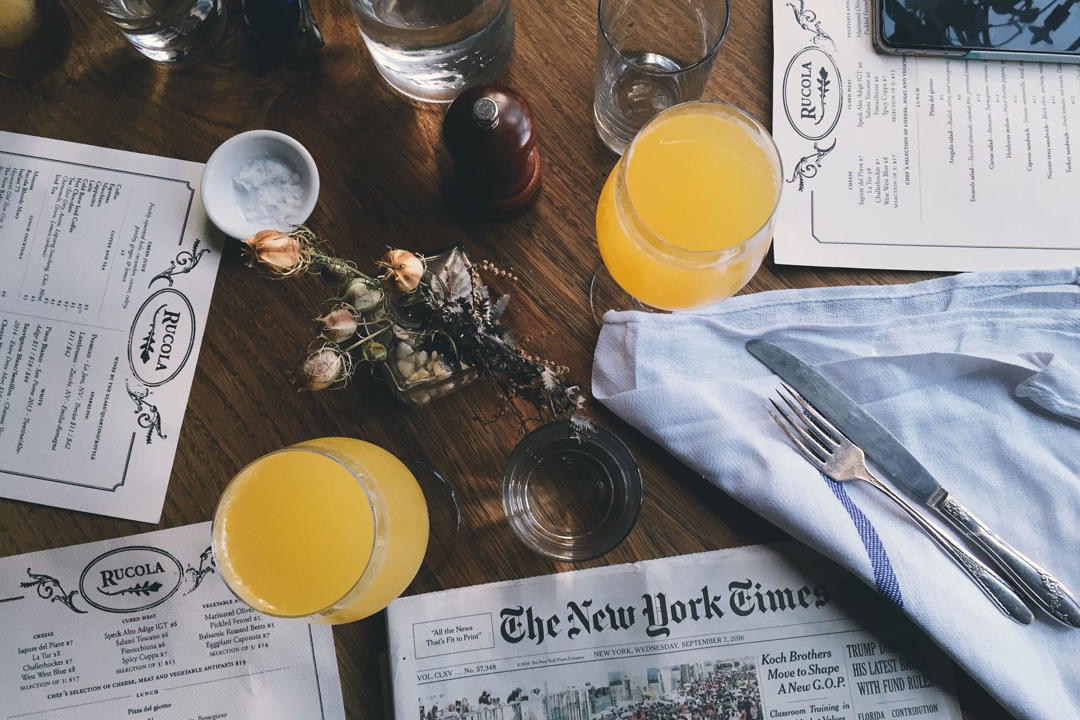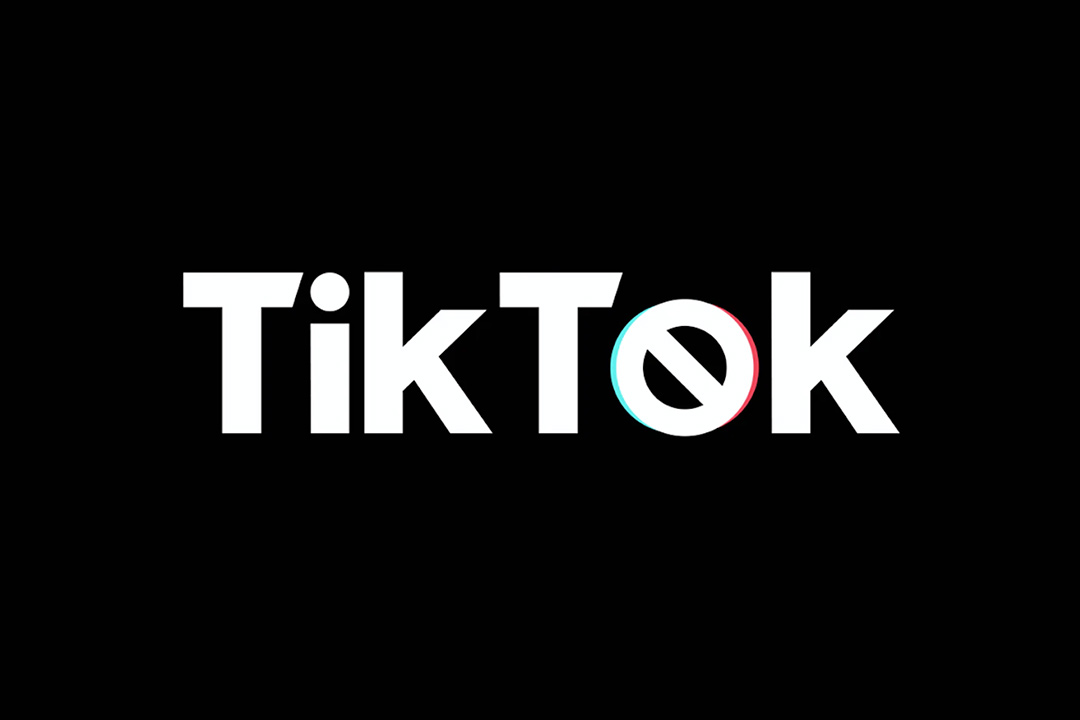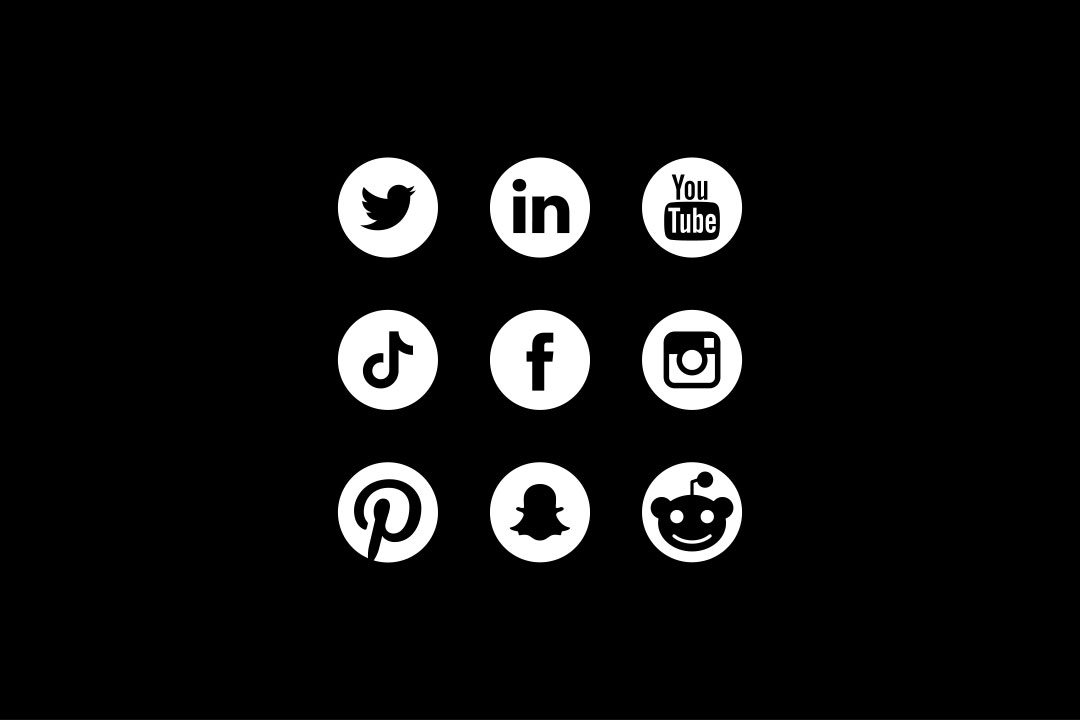Menu [men-yoo]: (noun) a list of dishes available at a restaurant, according to the dictionary.
From the placemats you colored on as a kid to the goodies you peruse on GrubHub, you’ve been looking at menus for a long time. But have you ever thought about the psychology behind them? Menus come in all shapes and sizes, with a variety of fonts, colors, weights, symbols, and pictures. Different brands have their own ways of going about menu design. This leaves brands with the persistent challenge on how to make their menu stand out among the sea of menu competition.
So how does a restaurant stand out among the competition? Several factors should be taken into account when constructing a menu that truly represents your brand. Menus are a form of advertising for brands. Often, they are the determining factor behind where a person chooses to dine. When menus are aesthetically pleasing, easy to read, and well-priced, chances are customers will come. However, menus are potential deterrents if they do not live up to customer standards.
Let’s deep-dive into some menu research. We did the research, so you don’t have to! Well kind of, I suppose that reading this blog post, in general, is a form of research, but for you it’s a compiled version rather than stacks of case studies scattered around your desk.
Color and Weight.
Specific colors arouse certain emotions, for example, red stimulates one’s appetite while blue brings a calm feeling. When working with color, figure out your restaurant’s mission and use color to reflect that mission. If you want to get people hungry, use red. Additionally, the International Journal of Hospitality Management tells us that weight is an essential factor in menu design. Heavier menus are seen as upscale and quality.
Font and Language.
Individuals associate easy-to-read fonts with cheapness and economy. Italics are associated with better service and a more upscale dining experience. Likewise, a study from Cornell tells us that people taste what you tell them. Therefore, when menu descriptions are lengthy, people feel connected to their food and think that they are getting more food for their money.
Information and Photography.
Too much information and photography can be overwhelming to the human eye. Keeping photos to one per page can increase sales by up to 30%. Keeping information to a minimum is beneficial, too. For restaurants with 20+ locations, nutritional information is required by law. Adding nutritional content for smaller brands can also be helpful, especially now with the wellness-trend in full throttle. People desire transparency these days. They want to see calorie counts, followed by protein, fat, fiber, carbs, cholesterol, salt, and then sugar content, according to The International Journal of Hospitality.
Sweet Spots and Key Drivers.
Did you know that most people follow the same direction when looking at a menu? Typically people look first to the upper-right of the menu and end on the bottom-left of the menu. Therefore, placing high-priority dishes in these sweet spots will increase the likelihood that customers will purchase these items. Not only is it important to use sweet spots for best-selling items, but think about other key drivers that increase profit margins. Try using words like “Grandma’s –” or “farm fresh –,” to romanticize menu items to consumers. You can also consider decoying pricing in your menu by listing items separately and then as a combination. For example,
Ex: Garlic Bread $4
Spaghetti $12
Spaghetti + Garlic Bread $16
Despite no price difference when buying items separately or in combination, seeing the items in combination will give customers the perception that they are choosing the best value with the purchase of both.
Customization and Options.
The ability to personalize a meal is all the craze these days, especially among younger generations. People want a say, they want to get creative and make unique combinations that satisfy their cravings. Customization is also comforting for individuals with special dietary needs and restrictions. However, limit the number of customizable dishes to avoid confusion. Too many menu items can lead to increased anxiety, so keep your menu options around seven for a given category.
Pricing.
Avoid using dollar signs. The “$” symbol elicits the pain of paying, a feeling that restaurants should avoid. The goal of a restaurant is to sell and upsell customers. However, menus yield lower sales when prices are presented with a “$” symbol. It is also essential to note that individuals visit restaurants for numerous different reasons, such as value, convenience, or experience. For those who are looking for value, prices ending in “9” are the way to go. 9 is associated with value, whereas, 0 is more high-end and associated with fine dining. Thus, it is helpful to define your restaurant’s goal before determining menu prices and symbols.
Ultimately, understanding the design and psychology behind menus can be difficult. Start by understanding who you are as a brand. Who do you want to serve? What do you want people to associate with your restaurant? How do you want those who dine with you to feel? Ask yourself the important questions and then go from there. Make decisions on menu aspects such as pricing and color that reflect on your brand’s mission.
From our experience at Ron Foth, menu design requires competitive research and a bit of trial and error. Second looks and revisions go hand-in-hand with menu creation. However, before the changes can happen, a mock-up menu must be created. With this, there are a few basics that will make your menu stand out among the competition.
In need of additional support? Contact us at Ron Foth! From everyday menus to carryout menus, we do it all and we have years of experience and research when it comes to menu success stories. Work with us and you’ll know your menu is a great form of advertising for your restaurant brand– sales will increase along with popularity and foot traffic to your restaurant. With a good menu, you’ll have a satisfied customer and a happier you!
Sources:
https://scholarship.sha.cornell.edu/chrpubs/169/
https://scholarship.sha.cornell.edu/chrpubs/228/
https://scholarship.sha.cornell.edu/cgi/viewcontent.cgi?article=1752&context=articles
https://www.sciencedirect.com/science/article/pii/S0278431915001711
https://www.foodabletv.com/blog/2015/11/20/restaurant-menu-psychology-5-principles-of-guest-behavior
http://mentalfloss.com/article/63443/8-psychological-tricks-restaurant-menus
https://www.canva.com/learn/menu-psychology-design/
https://www.rewardsnetwork.com/blog/4-ways-to-increase-restaurant-sales-part-3-higher-tickets/
https://www.nytimes.com/2009/12/23/dining/23menus.html?auth=login-email





